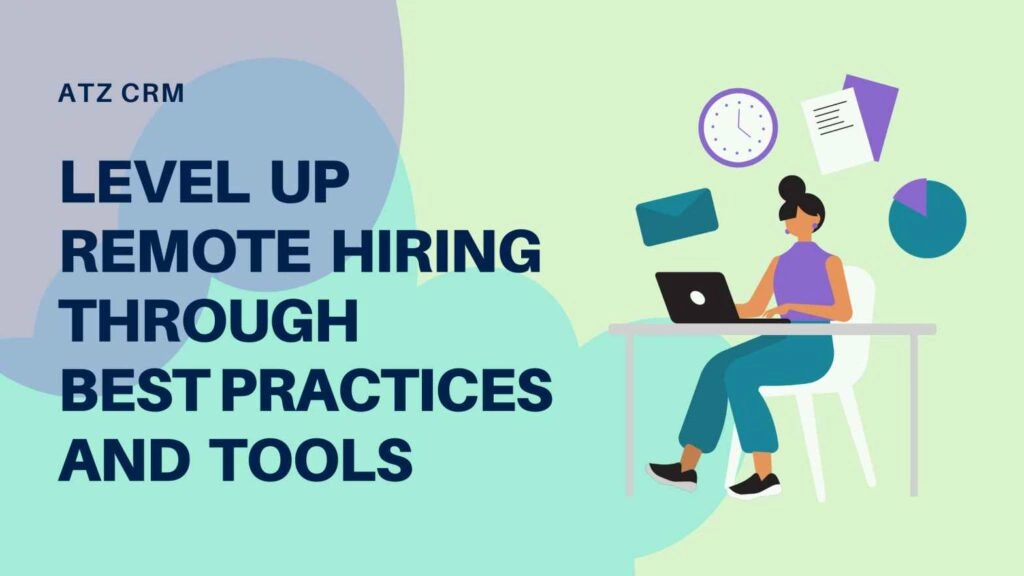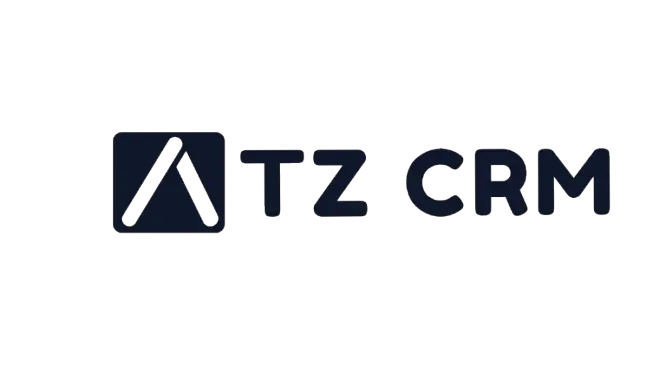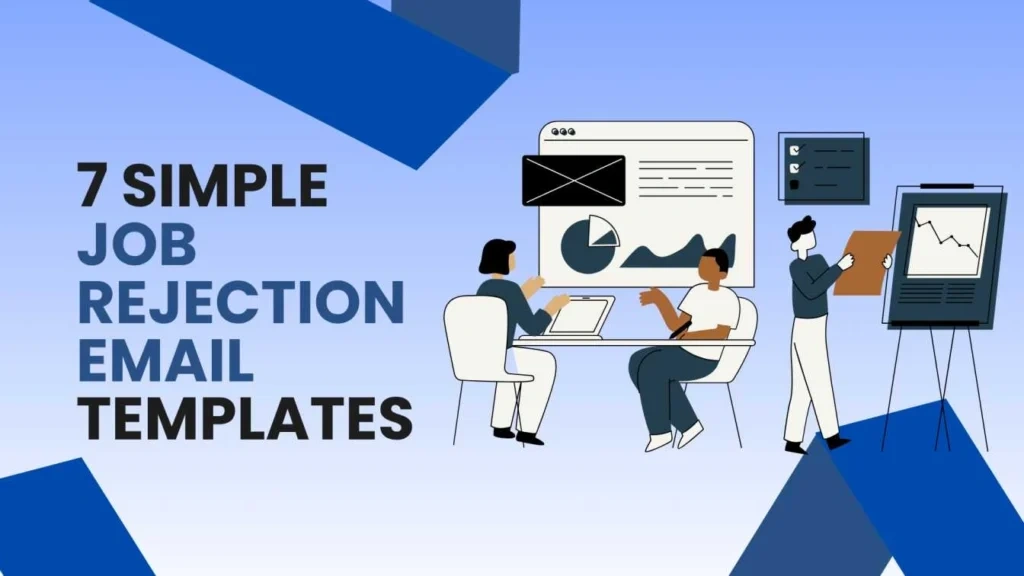· Recruitment · 9 min read
Remote Hiring In A Post Pandemic World – Tools And Practices
Build stronger teams in a digital-first era. Learn the best tools and practices for remote hiring in a post-pandemic world.

Introduction
The COVID-19 Pandemic hit some key areas of life, altering them for everyone, forever. Be it social life or professional work life, it’s agreeable that the methods and ways to approach the world have drastically changed.
To tackle this, new tools were brought up, namely the “online mode”.
The shift to online, digital, and remote
Online or remote mode is the shift from real life to everything digital. The digital aspect was not limited to daily interactions but also to the cordial economic functions of society, that is, the job market. This led to the innovation of Remote Work.
Before the popularization of remote work during the initial lockdown period, people often struggled to keep their jobs, apply for any jobs, earn money, and hence, remote hiring became popular.
Related Blogs : 15 Free Job Posting Sites USA-Based Recruiters Can Use to Look for Diverse Talent
Adjusting remote:
What is remote hiring?
Remote hiring can simply be described as the means of working as an employee for an employer digitally or over a digital connection instead of being physically present at the office.
Remote hiring is typically centered around the employer who is seeking digital/online working candidates.
Related Blogs : 5 Practical Ways to use Recruit GPT within ATZ CRM
The transition to online:
With the lack of enough opportunities in a physical setting, there was an evident scarcity of jobs.
The solution being remote work was the game changer, but also faced various difficulties, such as connectivity issues, technical problems, absence of face-to-face interactions, lack of self-motivation, etc. This impacted how people would perform in their jobs in an online mode.
But even with difficulties, there were other benefits to remote work, like cost-effectiveness and flexibility, which made remote hiring efficient.
Related Blogs : 12 Best Recruitment CRM for Recruitment Agencies – Complete Guide
Role of technology and tools
To make online work even more efficient, there was an introduction of various tools and technologies in the digital mode. These technologies helped create new methods and practices to carry out remote work easily.
Related Blogs : Boost Your Hiring KPIs with Atlas Recruitment in ATZ CRM
New tech and resources during the pandemic:
The pandemic came with a wave of new technologies to serve a new digital lifestyle, including various tools and gadgets.
Internet servers ranked charts, and technology was made the baseline for all remote work functions. It introduced us to online meetings on various platforms, made social presence important through professional platforms, boosted productivity and self-motivation through self-attendance apps, calculated and made data analysis easy through digital trackers, promoted digital and online payment transactions, e-learning platforms gained a boost with various individuals promoting online recruitment strategies and remote hiring strategies, etc.
This was quite revolutionary for the online job sector and it is still improving.
The pandemic is no longer posing a threat directly, but these tools still help immensely in meeting the job standards for the continuing trend of remote work.
Their adaptation and use show a clear importance for digital working.
Related Blogs : What Is Cost Per Hire? A Simple Guide for Modern Recruiters.
List of tools for remote work and their purpose (basics):

A few must-haves for both the employer and the employee/ the candidate are the following list of basic apps and tools, which create a perfect ecosystem of digital efficiency in the job market :
- Digital meetings and conferences— To tackle the issue of limited face-to-face interactions, online communities and meeting platforms provide the remote worker and remote employer to work together efficiently.
The most accessible and used tools for these remote meetings are Google Meet, Microsoft Teams, Zoom Meetings, Webex, GoTo Meeting, Slack, etc.
- Storage and documents manager— With the constant use of online documentation like digital data documents, profiles, lists, and charts, tools like Microsoft Office provide a space for them.
With the excess use, excess storage was also crucial to keep these important work-related documents organized. They served as digital archives.
Popular tools to keep documents organized are Google Drive, Dropbox and OneDrive, etc.
- Other basics (especially helpful for remote hiring)— Apart from the digital meetings and digital documentation, remote hiring employers might need some other basic tools for further efficient remote hiring.
Related Blogs : Best RecruiterFlow Alternatives for Recruiting Firms
Tools like Canva, Adobe Illustrator and Photoshop help in digital graphic designing for the marketing of the hiring role/ the online job.
Tools like LinkedIn Recruiter, LinkedIn Talent Solutions, Dribble, and various listing websites help in raising brand visibility and awareness, which helps in boosting listings for employees searching for remote work.
Apart from the actual listings, some tools that help in employee assessment are TestGorilla, Codility, and HiPeople.
These basic tools meet daily requirements and well as proper work conditions.
Remote hiring and employer-specific tools and their uses:
Leaving aside the usual basic tools, there are some specific tools that every hiring employer should know about.
These tools specifically help the remote hiring team connect to their audience through an online job listing. The recruiter can use these remote hiring tools collectively for an organised approach, making it easier and more efficient for both parties involved.
- Online Job Engines— Online hiring is made easy through accessible online job engines, also called job boards. The employer uses these to advertise and list their job openings. It follows a database-like system that can calculate the costs and track the numbers (like job listing paychecks, amounts raised, hiring website traffic, candidate counters, etc.).
Some of the most popular online job engines for remote hiring are LinkedIn, Internshala, Indeed, CareerBuilder, ZipRecruiter, etc.
- Application Tracking Systems— Application Tracking Systems, or ATS, are digital software automated platforms. These platforms are often helpful in the automated acceptance or rejection of digital applications provided by the candidate. These automated systems analyse the provided data in the application and create an organised space for easy assessment.
Digital Application Tracking System (ATS) tools are ATZ CRM, Workable, Greenhouse, SmartRecruiters, Pinpoint, etc.
Related Blogs : The Ultimate Recruit CRM Showdown: Best ATS Ranked
- Candidate Relationship Management Software— Candidate Relationship Management Software, or CRM Software, goes hand in hand with Application Tracking Systems.
These CRM Softwares are a step ahead of ATS as they move past the applications and further place an emphasis on candidate experience.
These provide help in analysing candidate interactions, connecting with the candidates and automating roles and tasks, and overall are easier over the remote hiring process as well.
Some examples of Candidate Relationship Management (CRM) software are ATZ CRM, Salesforce Sales Cloud, HubSpot CRM, Pipedrive, Copper, etc.
These tools are constantly making remote work life quick and easy for everyone to use.
Related Blogs : The Best Bullhorn Alternative for Effortless Hiring
Best practices for remote hiring
Understanding remote hiring is just as valuable as knowing what tools to use. Practices guide our methods and ways to work remotely and efficiently.
The step-by-step practices for recruiters to understand remote hiring alongside a basic framework of ideal things to follow are:
● Step 1— Knowing the requirements
Appropriate requirements directly correlate to the job type and can influence whether the work is physical work or remote work. Suppose, the job requires documentation, administration, management, design, writing, etc., to be performed on a desktop and digital devices.
Remote hiring requires digital and online work, and the job listing should be thought of in the same way.
● Step 2— Effective job listing and description
The job description should be clear and understandable to the candidate for an easy remote application process.
The ideal job description and listings would always have a few components like:
1. Right keywords to describe the remote work
2. Skill requirements and remote work responsibilities should be clearly mentioned
3. Relevant information about the company
4. Avoidance of unnecessary information and jargon
5. A lead to follow up to create a better connection with the candidate
Related Blogs : The Ultimate Guide to Candidate Sourcing
● Step 3— Determining specific hiring agencies
The remote hiring process can be performed both directly and indirectly. This means that the job listing can be present on the company’s website itself, but it can also be present on external websites to attract a larger candidate audience for the specific work type.
● Step 4— Communication and connection on a digital platform
The hiring process has multiple layers before picking the ideal candidate, and thus, communication is necessary. This means that the candidate should be aware of a follow-up through an interview round.
Some key elements for the virtual interview process are:
1. A virtual conversation over digital meetings and conference apps
2. Preparing a specific set of questions to be asked in the interview
3. Create a comfortable environment without pressure for the candidate
4. Frequent note making about the candidate and a follow-up
Related Blogs : 10 Best AI & ChatGPT Prompts Every Recruiter Should Be Using
● Other steps to ensure remote hiring to attract remote candidates and employees are—
1. Brand building and credibility— make use of feedback and employee reviews.
2. Flexible remote work environment— make use of remote work tools for effective and flexible working.
3. Builds company values— Remote hiring gives opportunities to mention the company’s ethics and values which help the values of an organization.
4. Advertising on the right platforms— the right combination of platforms helps the remote hiring process to be more easily seen by candidates.
These basic steps are crucial and help network better in a digital world.
Related Blogs : Discover 10 Free Most Powerful ATS for Small Businesses
The future of professional work life (conclusion)
With the constant improvements and evolution of tools and practices, the professional work sector also improves. There can be a clear distinction between the pre-pandemic period of basic tools to now the post-pandemic period with advanced tools. Staying ahead of relevant trends, as well as a digital workspace, is the future of professional work life, along with the integration of a permanent system of remote working, hybrid working and digital life.




